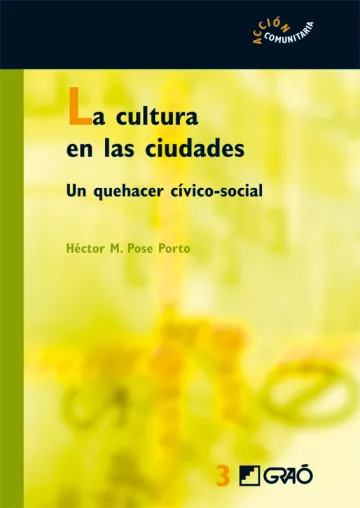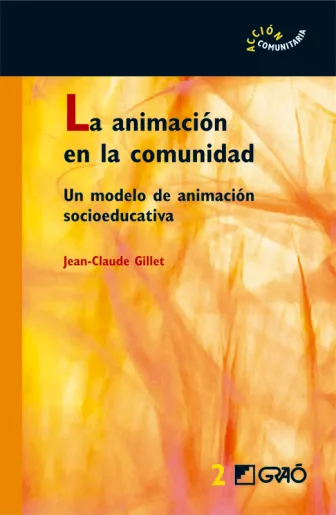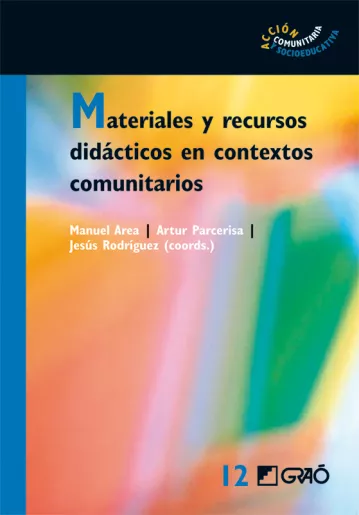Nuestros contenidos en Digital son compatibles con todos los lectores de libros electrónicos.
Introduction
Nuestros contenidos en Digital son compatibles con todos los lectores de libros electrónicos.
Transforming the Curriculum into Activities and Work for the Classroom
Chapter contents:
• Organisation of the syllabus
• Units of work
• From units to lessons
• The shape of a lesson
• Classroom activities
• Mixed-ability classes
• Common problems-with classroom activities
• Conclusion
Nuestros contenidos en Digital son compatibles con todos los lectores de libros electrónicos.
Choosing and Developing Classroom Material
Chapter contents:
• Choosing and changing materials
• Selecting a coursebook
• Writing checklists
• Who am I teaching?
• What level am I teaching?
• What are the «official» requirements?
• General and detailed checklists
• Educating, not just teaching
• What else do I want from materials?
• Pilot, consult, and gather opinions: learning by doing
• Developing and supplementing materials: plan ahead
• Using technology
• Conclusions
Nuestros contenidos en Digital son compatibles con todos los lectores de libros electrónicos.
Digital Literacies and the Language Classroom
Chapter contents:
• Technology today
• Today’s learners
• Digital literacies
• Practice
• Conclusions
Nuestros contenidos en Digital son compatibles con todos los lectores de libros electrónicos.
Developonig Productive and Receptive Skills in the EFL Classroom
Chapter contents:
• The communicative competence framework
• Teaching and integrating the skills
• Receptive sub-skills
Nuestros contenidos en Digital son compatibles con todos los lectores de libros electrónicos.
Vocabulary Instruction in Secondary Schools
Chapter contents:
• Fundamental concepts
• Some criteria for teaching vocabulary in secondary schools
Nuestros contenidos en Digital son compatibles con todos los lectores de libros electrónicos.
Getting Students Interested in Pronunciation: an Interview with Paul Seligson
Chapter contents:
• Pronunciation and Phonology
• Teaching and learning pronunciation
• Models for teaching pronunciation
• Mouth maps, phonetic script and sound charts
• Activities for teaching sounds
• Weak forms, connected speech and sentence stress
• Rhythm and intonation
• Reading out loud
• Generating exercices
Nuestros contenidos en Digital son compatibles con todos los lectores de libros electrónicos.
Effective Grammar Teaching
Chapter contents:
• What is the grammar of a language?
• The «logical order» of grammar input
• The importance of contextualizing grammar work
• Explicit v implicit grammar teaching
• Learning how to learn
• Conclusions
• Example activities
Nuestros contenidos en Digital son compatibles con todos los lectores de libros electrónicos.
Classroom Management
Chapter contents:
• Manage the room and the students – don’t let them manage you
• Manage your board well
• Six more key tips
• Think and teach visually
• Really trust pairwork
• The six key ingredients of goof pairwork
• Monitor well
• Use mother tongue intelligently
• Comment
• Pause often and elicit fairly
• Exemplify at least as much as you instruct and avoid echo
• Echo
• Routines are important but so is variety
• Keep trying to improve your timing
• Don’t be a dinosaur like me!
Se analiza la implementación del currículo, la elección de materiales, la enseñanza de la gramática, la pronunciación y el vocabulario, el desarrollo de las habilidades instrumentales, el uso y el aprovechamiento de la alfabetización digital y la gestión eficaz del aula.
Nuestros contenidos en Digital son compatibles con todos los lectores de libros electrónicos.
Se analiza la implementación del currículo, la elección de materiales, la enseñanza de la gramática, la pronunciación y el vocabulario, el desarrollo de las habilidades instrumentales, el uso y el aprovechamiento de la alfabetización digital y la gestión eficaz del aula.





